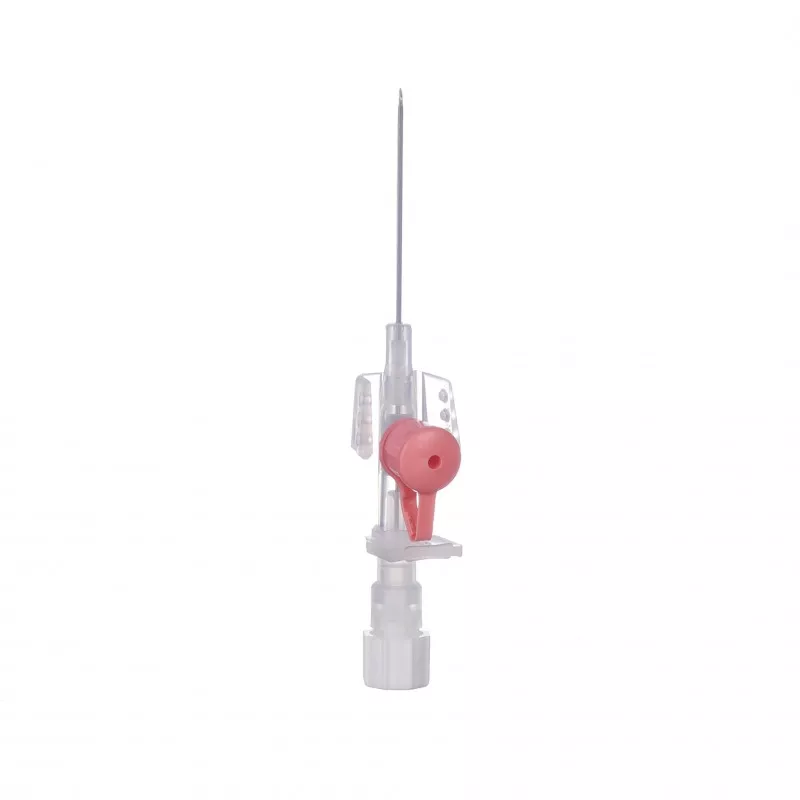Your cart is currently empty!
BRANNULA NO.20
₨ 165
In the medical field, intravenous (IV) cannulas are indispensable tools used for various treatments and procedures. The BRANNULA NO.20 is a specific type of IV cannula that is widely utilized in healthcare settings for its efficiency and reliability in administering fluids, medications, and blood products directly into the bloodstream.
1 in stock
Description
Understanding BRANNULA NO.20Introduction
In the medical field, intravenous (IV) cannulas are indispensable tools used for various treatments and procedures. The BRANNULA NO.20 is a specific type of IV cannula that is widely utilized in healthcare settings for its efficiency and reliability in administering fluids, medications, and blood products directly into the bloodstream.
What is a Branula?
A branula, also known as an IV cannula, is a thin, flexible tube inserted into a vein to provide access to the bloodstream. It typically consists of a needle for insertion and a catheter that remains in the vein once the needle is removed. This setup allows for the continuous delivery of fluids and medications, making it essential for various medical treatments1.
Uses of BRANNULA NO.20
Intravenous Therapy: The BRANNULA NO.20 is commonly used to administer fluids, electrolytes, medications, and nutritional supplements directly into the bloodstream. This method ensures rapid absorption and distribution of these substances throughout the body, making it effective for treating dehydration, electrolyte imbalances, and delivering medications in emergencies1.
Blood Transfusion: This branula is used to transfuse blood products such as packed red blood cells, platelets, and plasma into patients with conditions like severe anemia, bleeding disorders, and during surgical procedures1.
Anesthesia Administration: In surgical and medical procedures requiring anesthesia, the BRANNULA NO.20 is used to deliver anesthetic agents intravenously, ensuring rapid onset and precise control of anesthesia levels throughout the procedure1.
Insertion Procedure
Inserting a branula requires skill and precision to minimize discomfort and complications for the patient. The procedure typically involves the following steps:
Preparation: The healthcare provider selects an appropriate vein, usually in the arm or hand, and cleans the area with an antiseptic solution to reduce the risk of infection1.
Local Anesthesia: In some cases, a local anesthetic may be applied to numb the skin before insertion to alleviate pain and discomfort1.
Insertion: The healthcare provider gently inserts the needle attached to the branula into the selected vein at a slight angle. Once the needle is correctly positioned within the vein, the catheter is advanced, and the needle is withdrawn, leaving the catheter in place1.
Securing the Branula: After insertion, the branula is secured to the skin using adhesive tape or a transparent dressing to prevent movement and ensure stability during use1.
Conclusion
The BRANNULA NO.20 is a vital tool in modern medical practice, providing a reliable means of administering essential treatments directly into the bloodstream. Its versatility and effectiveness make it a critical component in various medical procedures, from routine intravenous therapy to complex surgical interventions.


